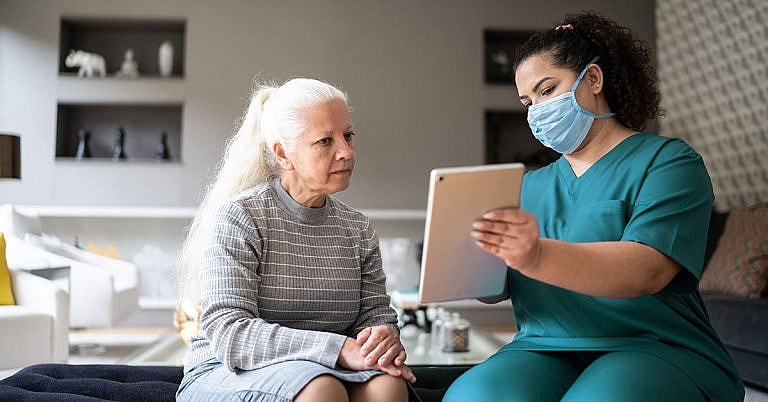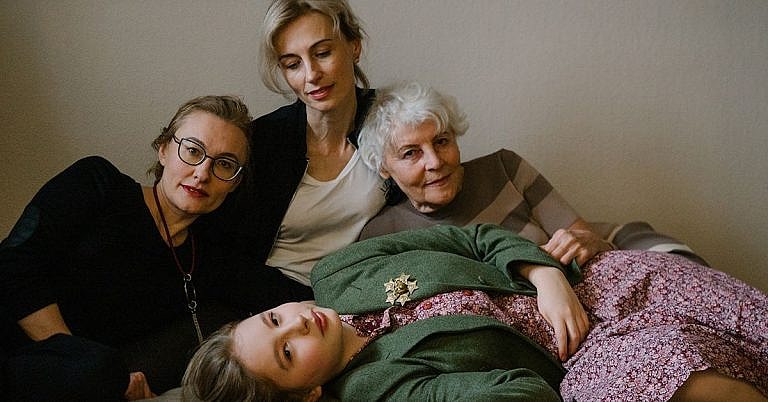Yescarta Dosage: Form, Strength, How To Use, and More
Yescarta Dosage (axicabtagene ciloleucel) is prescribed to treat certain types of lymphomas. The drug comes as a solution. A healthcare professional injects it as a one-time dose by infusion into a vein.
Yescarta is used in adults to treat follicular lymphoma and the following large B-cell lymphomas:*
* B-cell lymphomas are a type of non-Hodgkin’s lymphoma (NHL).
For these uses, doctors prescribe Yescarta when:
The active ingredient in Yescarta is axicabtagene ciloleucel. (An active ingredient is what makes a drug work.) Yescarta is a biologic drug. It belongs to a group of drugs called chimeric antigen receptor (CAR) T-cell therapies.
This article describes the dosages of Yescarta, as well as its strength and how it’s given. To learn more about Yescarta, see this in-depth article.
Boxed warnings
Yescarta has boxed warnings about the risks of cytokine release syndrome (CRS) and nervous system problems. Boxed warnings are the most serious warnings from the Food and Drug Administration (FDA). They alert doctors and patients about drug effects that may be dangerous.
CRS. Treatment with Yescarta may cause CRS. This is a condition in which your immune system overreacts and releases certain proteins into your bloodstream. CRS may be life threatening and can even cause death in rare cases. Symptoms may include:
Before you receive Yescarta, your doctor will make sure you don’t have an infection or any inflammatory conditions. This is because these can raise your risk of CRS.
If you develop CRS during Yescarta treatment, your doctor will treat it with corticosteroids and tocilizumab (Actemra).
Nervous system problems. Yescarta treatment may cause nervous system problems. These are side effects that affect your brain and nerve cells. Such conditions may be life threatening or can even cause death in rare cases.
Symptoms of nervous system problems may include:
These side effects may happen during or after CRS. So your doctor will monitor you closely during and after treatment with Yescarta.
Because of the serious risks of the drug, Yescarta is available only through a special program called risk evaluation and mitigation strategy (REMS). This means that only a trained healthcare professional can give your Yescarta infusion.
Talk with your doctor to learn more about these boxed warnings.
What is Yescarta’s dosage?
This section describes the usual dosages of Yescarta. Keep reading to learn more.
What is Yescarta’s form?
Yescarta is available as a liquid solution. A trained healthcare professional gives Yescarta by intravenous (IV) infusion. This is an injection into your vein over a period of time.
What strength does Yescarta come in?
Yescarta comes as an infusion solution that contains about 68 milliliters (mL) of suspension.
The suspension is made using white blood cells from your own immune system. Each Yescarta infusion bag is made specifically for the person receiving the medication. To learn more, visit the drugmaker’s website.
What are the usual dosages of Yescarta?
The information below describes dosages that are commonly used or recommended. Your doctor will determine the best dosage to fit your needs.
Dosage for large B-cell lymphoma
Yescarta’s dosage to treat large B-cell lymphoma is tailored for you. It’s made using your own immune cells and is also based on your body weight in kilograms (kg). For reference, 1 kg is about 2.2 pounds (lb). You’ll receive a one-time IV infusion of Yescarta.
After a blood draw, a lab will modify the number of T cells in your blood. They’ll do this to better treat the cancer and then send it back for infusion. In large B-cell lymphoma, the target T-cell range is 2 million to 200 million per kg of body weight.
To learn more about your dosage, talk with your doctor.
Dosage for follicular lymphoma
Yescarta’s dosage to treat follicular lymphoma is tailored for you. It’s made using your own immune cells and is also based on your body weight in kg. For reference, 1 kg is about 2.2 lb. You’ll receive a one-time IV infusion of Yescarta.
After a blood draw, a lab will modify the number of T cells in your blood. They’ll do this to better treat the cancer and then send it back for infusion. In follicular lymphoma, the target T-cell range is 2 million to 200 million per kg of body weight.
If you have questions about your dosage, talk with your doctor to learn more.
Is Yescarta used long term?
No, it’s not. You receive Yescarta as a one-time IV infusion.
If you have questions about Yescarta, talk with your doctor.
How is Yescarta given?
Yescarta is given as a one-time IV infusion over about 30 minutes. An IV infusion is an injection into your vein over a period of time.
You’ll receive your infusion by a trained healthcare professional in a healthcare facility with special certification. It must be certified as a risk evaluation and mitigation strategy (REMS) facility. This means that the healthcare facility has certain medications to treat side effects from Yescarta. It also means that its healthcare professionals have been trained to manage side effects from Yescarta.
Starting 5 days before your Yescarta dose, you’ll receive doses of the chemotherapy medications cyclophosphamide and fludarabine. You’ll also receive additional doses of these two drugs 4 days and 3 days before your Yescarta dose. These chemotherapy infusions will help prepare your body for the Yescarta infusion.
About 1 hour before your dose of Yescarta, you’ll receive doses of diphenhydramine (Benadryl) and acetaminophen (Tylenol). These medications will help lower your risk of side effects from the Yescarta infusion.
After your Yescarta infusion, you’ll need to remain at the infusion facility for at least 7 days. This allows your doctor to monitor you for side effects.
For 4 weeks after receiving Yescarta, you’ll need to stay close to your treatment facility.
If you have questions about what to expect with your Yescarta infusion, talk with your doctor. Yescarta’s drugmaker also has a video and step-by-step instructions about the infusion process.
What if I miss a dose?
If you miss your appointment to receive Yescarta, call your doctor’s office as soon as possible to reschedule.
If you need help remembering your appointments, try setting an alarm or downloading a reminder app on your phone.
Frequently asked questions
Below are answers to some commonly asked questions about Yescarta’s dosage.
Is Yescarta’s dosage similar to the dosage of Kymriah?
Yes, it is. The forms and uses of each drug are similar as well. Yescarta (axicabtagene ciloleucel) and Kymriah (tisagenlecleucel) both are biologic drugs. Also, both belong to the CAR T-cell therapies group of medications.
Both drugs treat types of large B-cell lymphoma and follicular lymphoma in adults. They have different active ingredients. (An active ingredient is what makes a drug work in your body.)
Doses of Yescarta and Kymriah differ, but both are tailored to the person receiving the drug. These doses use the person’s own immune cells.
Your doctor will prescribe the drug and the dosage that’s right for you. To learn more about how these drugs compare, talk with your doctor.
How long does it take for Yescarta to start working?
Yescarta starts to work after you receive your infusion. But it may take several weeks for your symptoms to lessen. Your doctor will monitor you during treatment to check whether the drug is working for your condition.
If you have other questions about what to expect from your Yescarta treatment, talk with your doctor.
What should I ask my doctor?
The sections above describe the usual dosages provided by Yescarta’s drugmaker. If your doctor recommends this drug, they’ll prescribe the dosage that’s right for you.
Talk with your doctor if you have questions or concerns about your dosage.
Here are some examples of questions you may want to ask your doctor:
To learn more about Yescarta, see this “All About Yescarta” article.








Great information on Yescarta dosage! It’s crucial to have a clear understanding of the form, strength, and proper usage for the best outcomes. Thanks for laying it out so clearly!
Great post! This comprehensive overview of Yescarta dosage is incredibly helpful. Understanding the form, strength, and proper usage is crucial for patients and healthcare providers alike. Thanks for breaking down such a complex topic into easy-to-understand sections. Looking forward to more informative posts like this!
Great comprehensive guide on Yescarta dosage! It’s really helpful to see detailed information on the form, strength, and administration process. Kudos for making such complex info so accessible!
This is a fantastic and informative post! The detailed explanation of Yescarta dosage, form, and strength really helps in understanding how to appropriately use this medication. It’s crucial for patients and caregivers to have access to clear and concise information like this. Thanks for shedding light on such an important topic!
Thanks for the detailed information on Yescarta dosage! It’s really helpful to see the breakdown on form, strength, and usage. This will definitely assist those looking to understand their treatment options better. Keep up the great work!